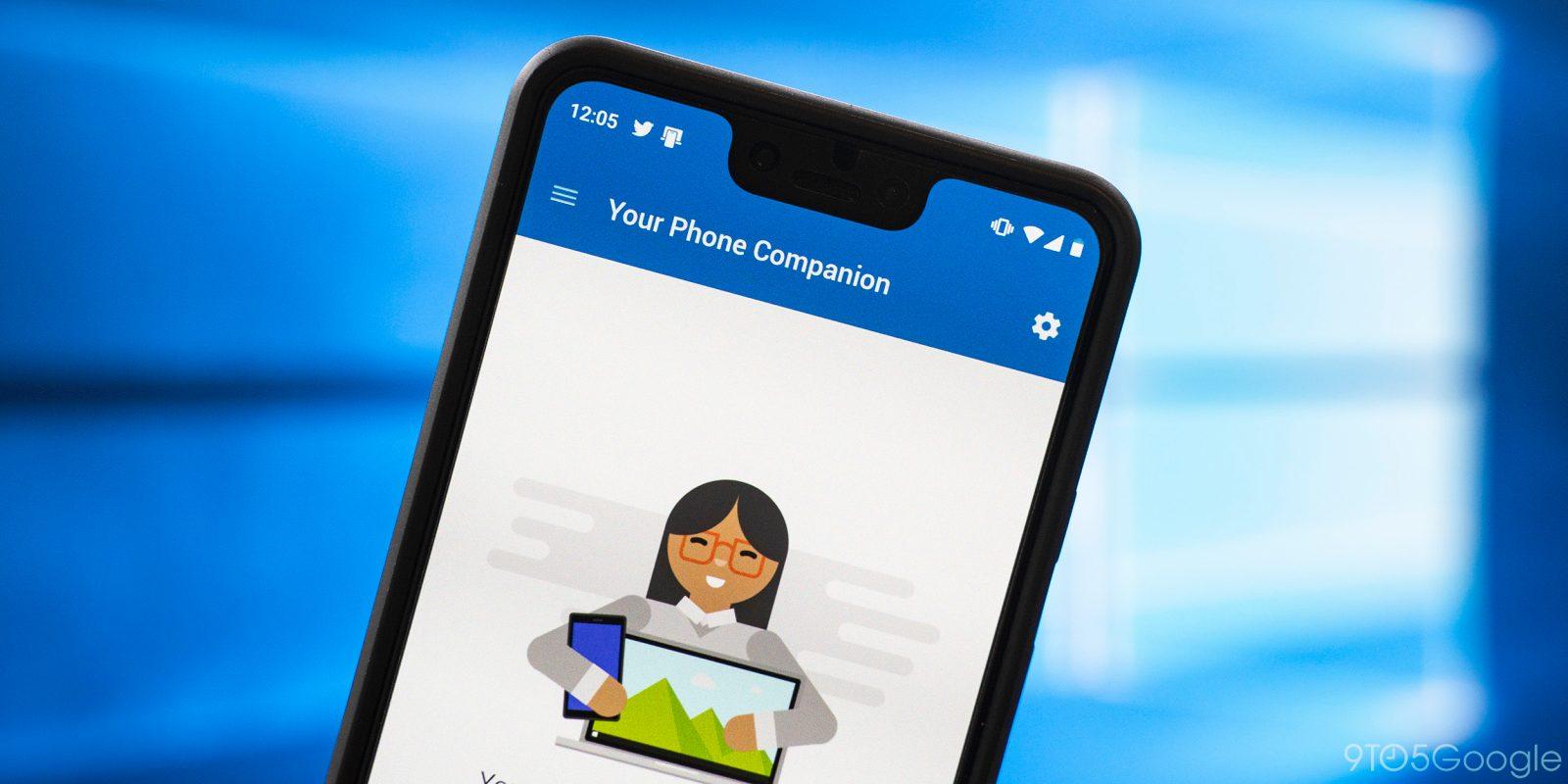
Jobs didn’t trust third-party developers to offer the same level of aesthetically pleasing and stable experiences that Apple programmers could produce. As Andy Grignon, an original member of the iPhone team, told me when I was researching this topic, Mr. When the iPhone was first introduced there was no App Store, and this was by design. For example, he doesn’t focus much on apps. Jobs envisioned a simpler and more constrained iPhone experience than the one we actually have over a decade later. He doesn’t dedicate any significant time to discussing the phone’s internet connectivity features until more than 30 minutes into the address. “The killer app is making calls,” he later adds. “It’s the best iPod we’ve ever made,” Mr. In the remarks, after discussing the phone’s interface and hardware, he spends an extended amount of time demonstrating how the device leverages the touch screen before detailing the many ways Apple engineers improved the age-old process of making phone calls. If you watch the full speech, you’ll be surprised by how he imagined our relationship with this iconic invention, because this vision is so different from the way most of us use these devices now.



Jobs took the stage at the Moscone Convention Center in San Francisco and introduced the world to the iPhone. They’re in our hands, as soon as we wake, and command our attention until the final moments before we fall asleep. For many of us, their glowing screens are a ubiquitous presence, drawing us in with endless diversions, like the warm ping of social approval delivered in the forms of likes and retweets, and the algorithmically amplified outrage of the latest “breaking” news or controversy.


 0 kommentar(er)
0 kommentar(er)
